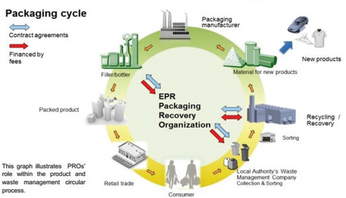Leveraging R2R Metallization for Dramatic Safety Improvements in Lithium-Ion Batteries
Presented by Carl Hu, Soteria Battery Innovation Group
The global lithium-ion battery market is projected to hit $129.3 billion by 2027, presenting a major opportunity for the consumption of materials. Today’s lithium batteries are made with thermally stable solid-metal aluminum and copper current collectors capable of delivering the battery's entire energy into a defect or dendrite, and thermally unstable separators that cannot withstand the heat from that scenario. To accommodate this characteristic, companies must add a burden in weight and cost to the battery pack to provide a safer system solution. Despite this burden and all the associated R&D and engineering costs, thermal runaway events still happen. Soteria Battery Innovation Group’s licensable metallized-film technology is designed to address safety at the cell level by eliminating the root cause of thermal runaway. These metallized films, produced on roll-to-roll vacuum metallization, sputtering, or electroless plating machines, are engineered to stop the flow of current under the giant current densities that lead to battery fires. By removing 80-90% of the metal, the Soteria architecture provides the same electrical protection as a fuse on the inside of a battery. This technology offers a paradigm shift in safety, allowing batteries to survive rugged abuse testing.
Removing 80-90% of the metal also presents a cost-savings and can help ease concerns about a supply shortage of copper, as the deficit in the copper market is expected to deepen over the next several years with a rise in demand. In this presentation, Soteria will share a look at the vast lithium-ion market opportunity and how R2R metallizers and equipment providers can leverage their existing capabilities in this rapidly growing global market to gain first-mover advantages in taking inherently safe batteries to the world.
This post is for paying members only
SubscribeAlready have an account? Log in

